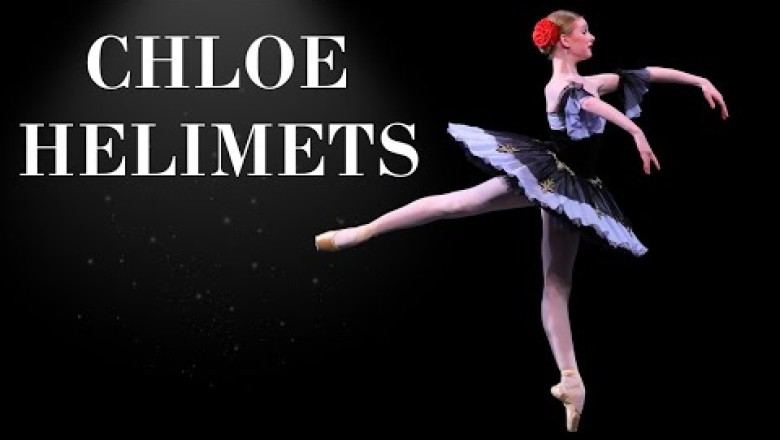
views
Section 1: Early Beginnings and Training
You’ve been training in ballet since the age of seven. What first drew you to ballet, and how did your journey begin?
My parents were both famed professional dancers, so they had a lot of sway in the ballet community. Initially, they only enrolled me in a ballet school because it was free – but as time went on, I found that it was something I really loved.
Coming from a family of professional dancers, how has your family’s background influenced your training and passion for ballet?
Having my family help me through my ballet training has been what really shaped me, not just as a technician, but as an artist. My parents were particularly known for their prowess in artistry, so I’ve really drawn on watching their past performances as well as asking for their advice to help me in my personal journey.
You train under Inna Bayer at Bayer Ballet’s Professional Coaching Day Program. How has her guidance shaped your technique and overall approach to ballet?
Inna, to put it simply, is a genius. Her approaches to teaching port de bras and epaulement or unmatched by anyone else I have received training from, and I know for certain that I have improved immensely from training under her eye.
Without her, I would be nowhere near where I am today. What has been the most challenging aspect of your training so far, and how have you overcome it?
One of the most difficult parts of self-improvement for me was getting stronger. Because I was so naturally flexible as a kid, I struggled a lot with building the muscles necessary to hold myself up. However, with a lot of exercises and a healthy dose of hard work, I can confidently say that I am strong enough to perform whatever choreography is given to me with a consistent level of proficiency.
Section 2: Achievements and Competitions
You’ve won several prestigious awards, including the Youth Grand Prix Award and placing Top 12 in the world at the YAGP International Finals. Can you share what these experiences were like for you? For me, winning the awards was never the ultimate goal. The most important aspect to me was the experience of dancing, improving, and - most of all - dancing on a stage because I think that being able to work on and eventually perform a solo is a valuable experience that can be used later in a company. The whole environment of the competition was never that oppressive to me because of the way I looked at it, and all I had to do to feel comfortable in a foreign place was put some headphones in, stand against a wall, and warm up in peace.
What do you believe contributed most to your success in these competitions? Because of the outlook I had on these competitions, the amount of stress that I had going onstage was probably lower than it would’ve been otherwise. I also pride myself on being a strong performer because the stage energizes me and motivates me to perform to the best of my ability.
How do you prepare mentally and physically for a major competition? For a major competition, I try to approach it the same way as I do all the others; I believe that no performance holds more or less weight than any other. This perspective on it helps me be less stressed when I rehearse and perform the piece.
Out of all the awards and recognitions you’ve received, which one holds the most significance for you, and why? I think receiving the Shelley King Award for Excellence was the highlight of my competition experience for multiple reasons. Personally, I liked that I wasn’t awarded a numerical prize like 1st or 2nd place because that can easily be quantified and measured against others. However, the award I was given was discretionary and in a class all its own, making it all the more precious.
Section 4: Inspirations and Role Models
Who are your biggest inspirations in the ballet world, and what have you learned from them? Without a doubt, both my parents are some of my biggest inspirations because I have firsthand knowledge of their experiences and they have helped me so much in my training. I also look up to the most successful dancers with a similar body type to mine, like Sylvie Guillem and Maria Khoreva. Seeing them succeed has motivated me to do the same, as their strength despite their facility is inspiring to me.
As a third-generation ballerina, how does it feel to carry on the legacy of your grandmother and parents? Knowing that I’m a ballet legacy, I definitely feel a lot of pressure on me to perform up to their standards. This might sound stressful to people who don’t know my situation from within, but I’ve never felt outwardly pressured by them to do anything more than what they know I’m capable of. So, despite the weight on my shoulders, I feel like I’ve never been overly penalized in any way.
If you could dance alongside any ballet dancer, past or present, who would it be and why? Absolutely, Sylvie Guillem, no questions asked. She is my idol, the youngest Paris Opera etoile in history at the age of 19, a famously strong dancer, and an incredible facility. I would be honored to even be in her presence, and I am curious to know just how she controlled her body the impressive way she did. I feel like I could learn so much from her.
Section 5: Future Aspirations and Personal Insights
Looking ahead, what are your goals for the next few years, both in ballet and outside of it? Over the next couple of years, I want to either join a prestigious ballet school or be accepted into a second company or apprentice program – possibly both, if I’m lucky! Finishing school by the end of this school year would also be ideal, because it would give me so much more freedom to pursue my dreams. Once I have that freedom, I’d be able to do a lot more with my life and have even more time to improve.
Do you have a dream role that you hope to perform one day? What makes that role special to you? This answer has changed a lot over the years and will undoubtedly continue to do so, but I think the current answer would be Aurora in Sleeping Beauty. The infamy associated with it is too tempting of a challenge to leave alone for me, and the pure classical technique is so refreshing to watch, rehearse, and perform.
Beyond ballet, do you have any other passions or hobbies that you enjoy? When I was younger, I used to sing in a children’s musical theater program before I quit to pursue ballet. I still enjoy singing today, and I like to entertain my parents with my voice whenever I can. I have also taught myself how to play the piano – no lessons included, one of the perks of having perfect pitch. You could say that I am a very musically inclined person, and I like to use my ability of listening to every part of the music to inform my dancing.
What advice would you give to young dancers who look up to you and aspire to achieve what you have at such a young age? Some advice that I would give to young dancers would be to not get discouraged if where you are today isn’t where you want to be. I know for a fact that improving is a marathon, not a sprint; if you don’t like where you are today, strive to be better tomorrow. And always remember that ballet is an art, not a sport. It won’t matter how many turns you can to or how high you lift your leg if you can’t portray a character onstage.
Section 6: Reflections and Fun Facts
What has been your most memorable performance to date, and why? By far, the most important and memorable performance that I’ve had was dancing on the Lincoln Center stage at the New York YAGP Finals. This was especially memorable to me because both my mother and my grandmother had performed on this stage before. Safe to say, it was quite an emotional affair for all three of us.
Can you share a funny or unexpected moment that happened during one of your performances or rehearsals? When I was warming up for one of the YAGP regionals, there wasn’t a proper space to do so. I was in what I assumed was a school classroom, and Inna was giving me corrections. I did an arabesque, and I managed to step on the singular spot where I was able to stand on the waxed wood floor, being a metal drain cover. I think that was the longest arabesque balance I’ve ever held, even today.
As a Bloch Young Artist and ABT National Training Scholar, what do these roles mean to you, and how have they influenced your development as a dancer? Even though I’ve been motivated plenty by my parents’ legacies, the additional honors of being a Bloch Young Artist and an ABT National Training Scholar have motivated me to live up to the standards that accompany those roles. Many Bloch Professionals like Maria Khoreva and Sasha Mukhamedov have inspired me to be just as successful as them, and previous ABT National Training Scholars included Cassandra Trenary and Catherine Hurlin, who are both principals with the company today.
What’s one thing about you that most people wouldn’t know from watching you dance? I am often very hard on myself, perhaps unfairly so. If I make even the smallest mistake onstage, I will ceaselessly analyze and pick at what exactly went wrong in that performance, even if it was just a small bobble of the foot. This might be a blessing in disguise, though, because it means my performances get stronger as they go on. My thoughts during a performance are also all over the place – sometimes I even narrate my own performances in the third person while I’m onstage, just for fun. Though it doesn’t really serve any purpose, I enjoy getting my fun in when I can.
Section 3: Ballet and Academics
You excel academically and are on track to graduate high school at age 16. How do you manage to balance your rigorous ballet schedule with your schoolwork? It’s certainly a struggle, but I fit my schoolwork into my ballet classes the best I can. Most of the time, the only times I have available to do schoolwork is in the car, on the lengthy commute to and from the studio. Thankfully, I was able to pack most of the harder stuff at the front of high school, so now that my rehearsals have become much more demanding, I can keep up with both more easily.
Do you find that your academic pursuits complement your ballet training in any way? I like to choose electives that complement my ballet training, like Explorations in Dance and Music Appreciation. This way, I can more easily translate my skills in a different field into something concrete, and it helps me discover just how much I can do.
What are your academic goals after high school, and how do you plan to integrate them with your ballet career? I hope to be able to join a remote college after I join a company, preferably one for dancers like the LEAP Program. This way, I can take college as fast or as slow as I want and be able to juggle ballet and college with more efficiency.











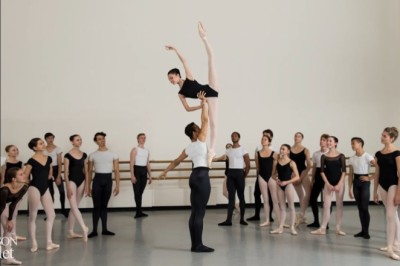
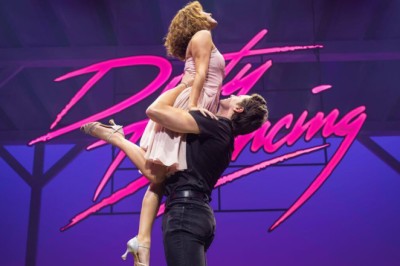

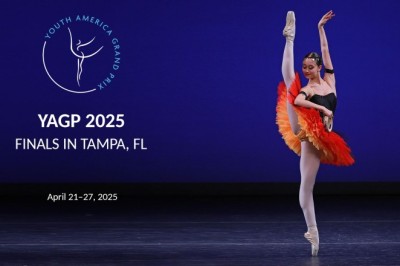
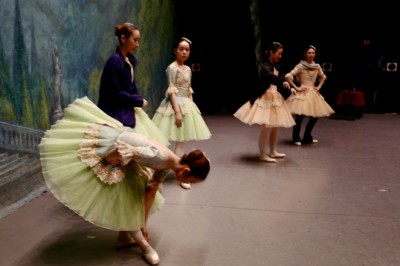
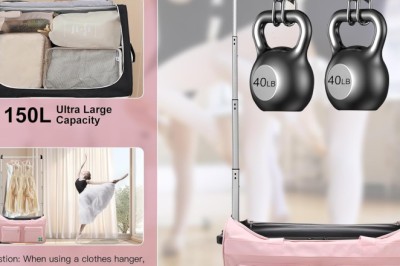
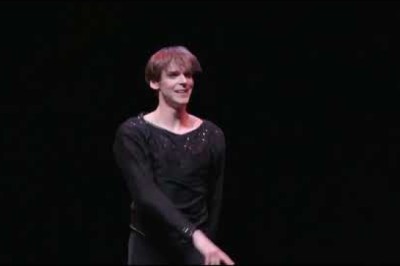
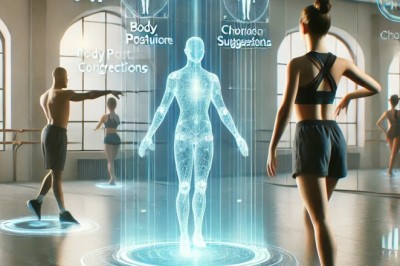
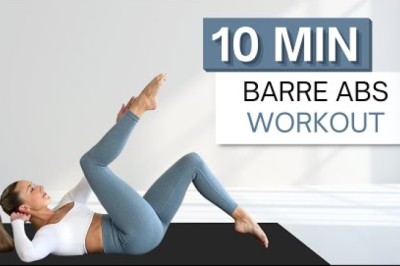
Comments
0 comment